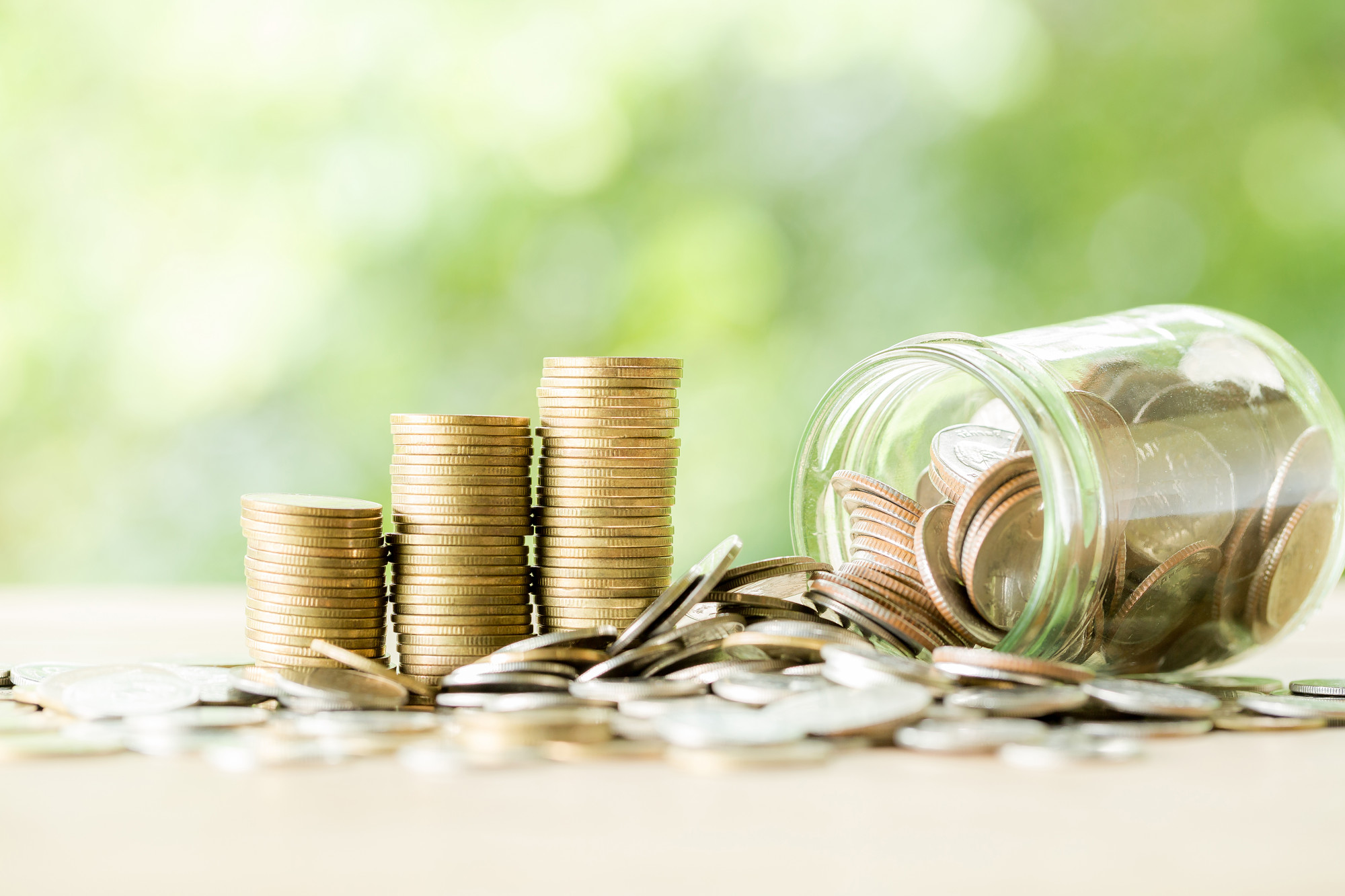
If money worries you often or doesn’t have much of a plan from one month to the next, you might want to take a few steps to enhance your financial health and habits. People have different ideas about what it means to be financially healthy. Still, in general, it means that you can pay your monthly bills, are on track to reach your financial goals, and have sufficient money in the bank to handle a financial setback.
You might think getting your finances in the best shape possible is a long way off. But the good news is that just a few good money habits, like keeping track of what you spend and saving at least a little bit each month, can help your financial situation immediately and even more over time.
Planning a monthly budget
When it comes to money coming in and going out each month, many of us leave it up to chance and hope that the numbers work out. But taking the time to do some math can help you make sure you live within your means, spend money on important things, and work toward a healthy financial future.
Even though a monthly budget might make you think of eating out less, clipping coupons, and generally saying “no,” it can help you feel less stressed about money by making it easier to decide how to spend it. One way to start making a budget is to put all the bills and receipts from the last few months in a pile. Then you can go through and list all the money that comes in (income) and all the money that goes out each month.
You might want to divide your expenses into “essential” and “non-essential” categories. “Essential” expenses include rent or mortgage, utilities, groceries, insurance rates, childcare, transportation, and loans. Next, you can figure out your average family salary and average monthly spending, then subtract the latter from the former to see what you get.
If you spend more than you make or it’s so close that you don’t have much left to save, you might want to look at how you spend your money. The 50/30/20 budget is one rule of thumb that can be helpful when making a spending plan. The budgeting model, this is how it breaks down:
- 50% of income after taxes goes to necessary spending. This includes your rent or mortgage, utility companies, groceries, insurance, and the minimum payments you have to make on your debt.
- 30% of the money left over after taxes goes to spending choices. This money could be saved if someone was in a tight spot. It includes eating, getting Netflix, going on trips, and attending fitness classes.
- 20% of income after taxes goes toward savings and investments. This money is put toward goals for the future, like paying off more than the minimum on debt, saving for retirement, an emergency, or saving for a house or a car.
Putting an end to overspending
Spending money simply by tapping a card or a phone makes it easy to spend too much. Even though a few lattes or trips to the convenience store don’t seem like much, they can add up over time. With Prime, it’s easy to spend $20 here now and $40 there without leaving the house.
One method for keeping spending in check is to put all purchases on hold for a certain time. You might want to wait 24 hours before making any online purchases instead of clicking buy now, and making someone wait stops the dopamine rush from getting something immediately.
This lets logic and reason take over. For big purchases like a new couch, a designer bag, or a flat-screen TV, you might want to wait 30 days. Throughout that time, you might realize that you don’t need it after all.
Making Savings Automatic
Taking care of your financial health can be hard, and you probably don’t want to think about it all the time. One of the best things you can do for your financial health is to save at least a little bit each month. Setting up a monthly transfer from your checking account to your savings account is all it takes to do this.
And if you set it to happen after you get paid, you won’t even be able to spend that money. Most likely, you won’t even notice. Also, it’s fine to start small. It’s better to save a little than to save nothing at all, and if the money is transferred every month, no matter what, some of these small deposits would then add up over time.
Paid bills on time
FICO says that a person’s history of making payments makes up 35% of their credit score. It’s given more weight than anything else. Paying your bills on time can have a pretty big effect on how well your finances are doing. Paying on time can save money by keeping you from paying late fees and interest.
Adding bill due dates and times to your digital or paper calendar is one way to help make sure you pay your bills on time. Another alternative is automating the procedure by enabling automated bill payment through your bank’s or service provider’s websites. Even if you cannot pay a bill in full, you might want to arrange to pay the minimum amount due each month to avoid incurring expensive penalty costs.
Making a fund for emergencies
A recent Bankrate poll found that less than four in ten American adults could pay for an unexpected $1,000 expense. If someone doesn’t have an emergency fund, they might have to use their retirement savings or run up credit card debt to pay an unexpected bill.
That’s why it can be important to have at least three to six months’ worth of living costs in the bank. This cash reserve could help you get through a financial setback, like losing your job, going to the emergency room, or needing to fix your car or house for a lot of money.
You might want to put your emergency savings in an account that pays more interest than a regular one but is still easy to get to if you need the money quickly. A high-yield savings account, an online savings account, a money market account, or a checking and savings account are all good options.

Leave a Reply